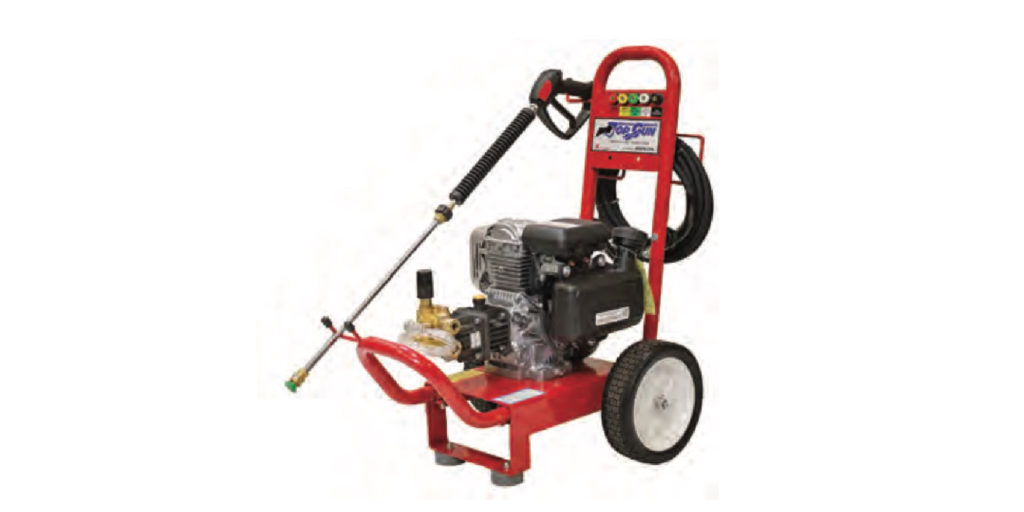Each season can be awesome, but they come with their own set of dirty. Summer brings mud, pollen, mildew, grass clippings, and air pollution. Winter can bring salt, snow, mud, and other elements that can really leave the exterior of your home looking dirty and dingy. It can also be harmful to your health by leaving mold, mildew, and other allergens hanging around ready to affect you when you’re outside and be dragged inside through foot traffic.
While you may be familiar with things like lawnmowers and know how much power you need, many homeowners really don’t know what’s needed when it comes to pressure washers. With different surfaces and different things that need to be removed it can be hard to tell just how much power you need and what type to buy.
Gas or Electric
This is an age old question that may never be answered definitively when it comes to which one is better. It all comes to personal preference. Whether that be light cleaning outside once per week to breaking out the power washer to do huge jobs around the exterior, different types of pressure washers may be more suitable.
A gas powered pressure washer tends to be used more for the bigger jobs that only need done every once in a while. Of course, it can be used more often but typically people love its cleaning power but don’t use it often because it’s heavy and requires maintenance.
An electric powered pressure washer tends to be for people who have smaller jobs to do more often. They’re really good for patios, cars, bikes, and other outdoor equipment. They don’t require much maintenance but they don’t last as long as their gas powered counterparts.
Power Washer Parts
Pressure washers are less complicated than they seem like they are. It’s just a water pump that’s powered by an electric motor. It takes water from the tap and shoots it through a hose. Whatever attachment that is on the end of the hose and wand controls the pressure that comes out.
Here are the main parts inside of a pressure washer:
Water Inlet
The water inlet is a hose that connects the machine to the main water source. It’s what pulls the water into the machine so that it can be pumped out.
Electric motor or gas engine
Most small pressure washers run off of electric power while most larger ones are gas powered. They have about the same power as your lawnmower does. Gas powered machines are suitable for areas where there isn’t much of an electrical supply and where the area is large. Electric powered machines are suitable for smaller home projects where there’s not a lot involved.
Water pump
This is what makes pressure washers work the way that they should. When the pump moves one way it pulls water from the source through the water inlet and when it moves the other way it squirts water out in a high-pressure jet. Pumps can usually handle a water flow of around 1-2 gallons per minute.
High-pressure hose
This is where the water travels from the pump. At this point, the water is high-pressure so the hose needs to be able to withstand the pressure without breaking down. This is done by reinforcing the tubing with mesh and layering it with high-density plastic.
Cleaning attachment
There are several different cleaning attachments that can be used depending on what you’re cleaning. There are trigger guns, spinning wand sprays, and even rotating brushes to help scrub driveways and patios. Powered attachments are driven by the force of the water flowing through them.
Some pressure washers do have additional features. Electric machines come equipped with ground-fault circuit breakers (water and electricity don’t mix). Most machines operate the same way and do the same thing. The only real difference is the more expensive machines tend to operate at a higher water pressure and end up having better cleaning power.


Recent Comments